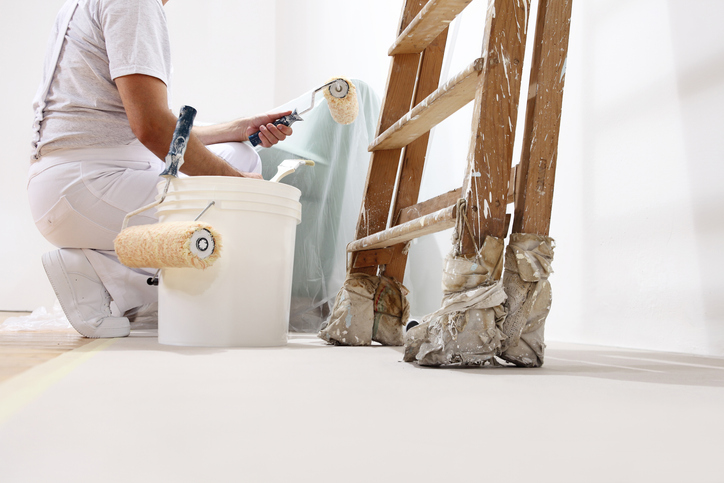VOC Regulations in Paint
Reading time: 5 minutes
What are VOCs?
Most volatile organic compounds come from chemical components found in many different chemicals. This can include substances from fuel to dry cleaning products. VOCs in these chemicals produce gases which can be ultimately harmful to the environment and present both short term and long-term health risks. This is dependent on the level of VOCs released by a particular product and time of exposure to it.
Because of these concerns, the amount of chemicals used in decorative paint has been reduced, with a greater ratio of water. This has meant that there is a lower level of VOCs in these products, and in some cases, there are merely traces.
- What are VOC regulations?
- What do VOC Regulations Cover?

What you need to know about VOCs when painting
As previously mentioned, there can be some health risks, as well as environmental harm that can be down to VOCs in chemicals. Understandably, this will ring alarm bells for us when painting and decorating. By reducing the amount VOCs in consumer products this becomes much less of a concern and having clear indication of the VOC level means we can make an educated decision on what to buy.
However, that doesn’t stop us from having questions about how VOCs work, so we’re going to answer a few of these here.
- Is it OK to Sleep in a Freshly Painted Room?
- How Long Do VOCs Last After Painting?





